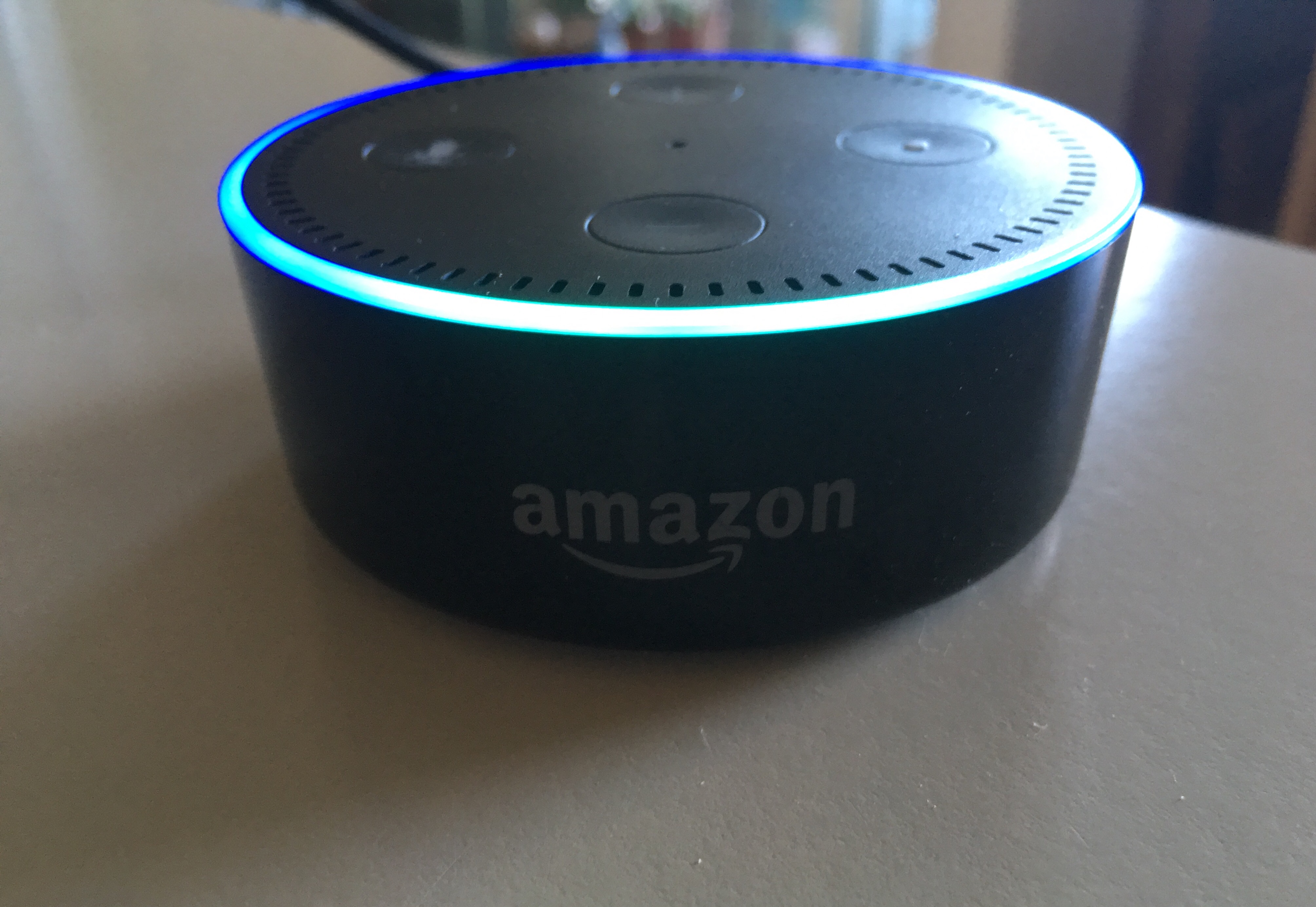Five Things To Know About Voice Right Now

Like many marketers, I am invigorated by the pace of technological change that is changing the way we work and live. Self-driving grocery stores, augmented reality solutions in retail, predictive face recognition tools, virtual reality gadgets, accessibility devices, wearable technology and smart home appliances make me feel like we are only a few years behind the scenarios imagined by Black Mirror.
One of the advancements that is quickly becoming accepted at scale is voice activation, with Google and Amazon in a race for supremacy. More than five billion consumer devices supporting digital assistants will be in use this year, with another 3 billion added by 2021… and manufacturers have every incentive to virtually or literally give away the hardware to ensure an installed base for marketers getting ready to make voice a serious part of their plans. JPMorgan Chase became the first major brand to name a "voice AOR" in the last few weeks, and this is barely the beginning.
Here's what marketers need to consider right now.
Determine whether this might be your next owned media channel. While purpose and experience are obviously very different, growth in smart speakers and the quick adoption of voice assistants remind me of the early years of Facebook. Back then, we advised brands to establish their own(ed) presence on the platform and create engaging content to keep the audience loyal to their social handles. When consumers begin to gather around what looks like the next big thing, the logical reaction is to consider establishing a beachhead, and it's possible that the first real marketing presence to emerge on voice assistants will be the next opportunity for owned media.
Given Amazon's primacy in the space and the frequency of transactions, CPG and retail may be the first sectors to see brands step up in this way. Next is likely to be other fast-moving categories such as travel, shared economy brands like Uber and Airbnb and digital-only service companies like Indeed and Seamless. If I favor American Airlines, how much will AA bid to provide me with travel and weather forecasts? Or if I'm interested in new job listings, wouldn't Indeed want to be sure it "owns" the members using this new channel? Brands in these sectors will be the first to seize opportunities in the voice assistant landscape and build integrations with the major providers.
Take a test-and-learn approach. Until there are enough transactions to throw off usage data that can be properly analyzed, brands will build integrations based their best guesses … and this is ok. Over time, consumers will lead the way. Meanwhile, marketers willing to take a trial-and-error approach will have greater reason to involve strategy and consumer insights teams that can begin conducting ad-hoc analyses that will push them out in front of their competitors.
Think about the advertising possibilities. It'd be naïve to think that voice assistants with large and engaged user bases will remain ad-free for long. The more interesting question will be the role and format of advertising. The voice assistant platform has the potential to serve both upper and lower-funnel needs: Think of the voice versions of radio (upper) and search (lower).
Prepare for yet another wrinkle in your measurement strategy. As if data analysis and measurement isn't complicated enough, the complexity of voice and the variability of its use across companies and verticals will challenge all of us. I'm imagining brainstorming sessions on VA ad standards, KPIs, data collection and attribution.
Anticipate new adtech solutions. We do not yet know if standard ad servers will work with voice or how we will record, parse and analyze all the data thrown off by voice transactions. I expect fully-customized ad serving and measurement tools to be developed.
Although none of this will happen tomorrow, I expect the pace of change to be speedy. As a result, I would recommend that marketers fold voice into their existing innovation and product development timelines and find ways to expose their teams to the latest in voice. Most marketers may not be ready for a voice AOR, but it's not too early to envision a world in which voice will be a regular part of our vernacular … and our marketing plans.
Click the social buttons above or below to share this story with your friends and colleagues.
The opinions and points of view expressed in this content are exclusively the views of the author and/or subject(s) and do not necessarily represent the views of MediaVillage.com/MyersBizNet, Inc. management or associated writers.


